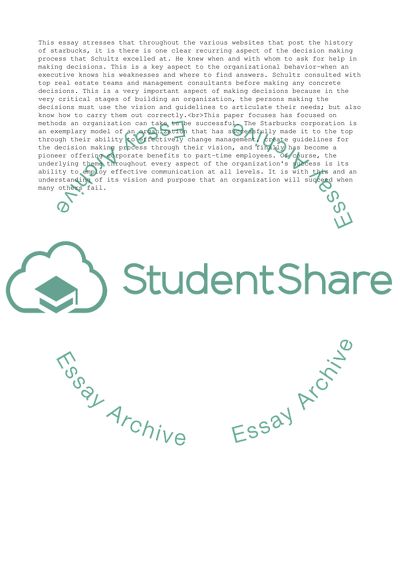Cite this document
(“The Starbucks Organization: A Model of Success Essay - 1”, n.d.)
The Starbucks Organization: A Model of Success Essay - 1. Retrieved from https://studentshare.org/business/1535531-the-starbucks-organization-a-model-of-success
The Starbucks Organization: A Model of Success Essay - 1. Retrieved from https://studentshare.org/business/1535531-the-starbucks-organization-a-model-of-success
(The Starbucks Organization: A Model of Success Essay - 1)
The Starbucks Organization: A Model of Success Essay - 1. https://studentshare.org/business/1535531-the-starbucks-organization-a-model-of-success.
The Starbucks Organization: A Model of Success Essay - 1. https://studentshare.org/business/1535531-the-starbucks-organization-a-model-of-success.
“The Starbucks Organization: A Model of Success Essay - 1”, n.d. https://studentshare.org/business/1535531-the-starbucks-organization-a-model-of-success.


